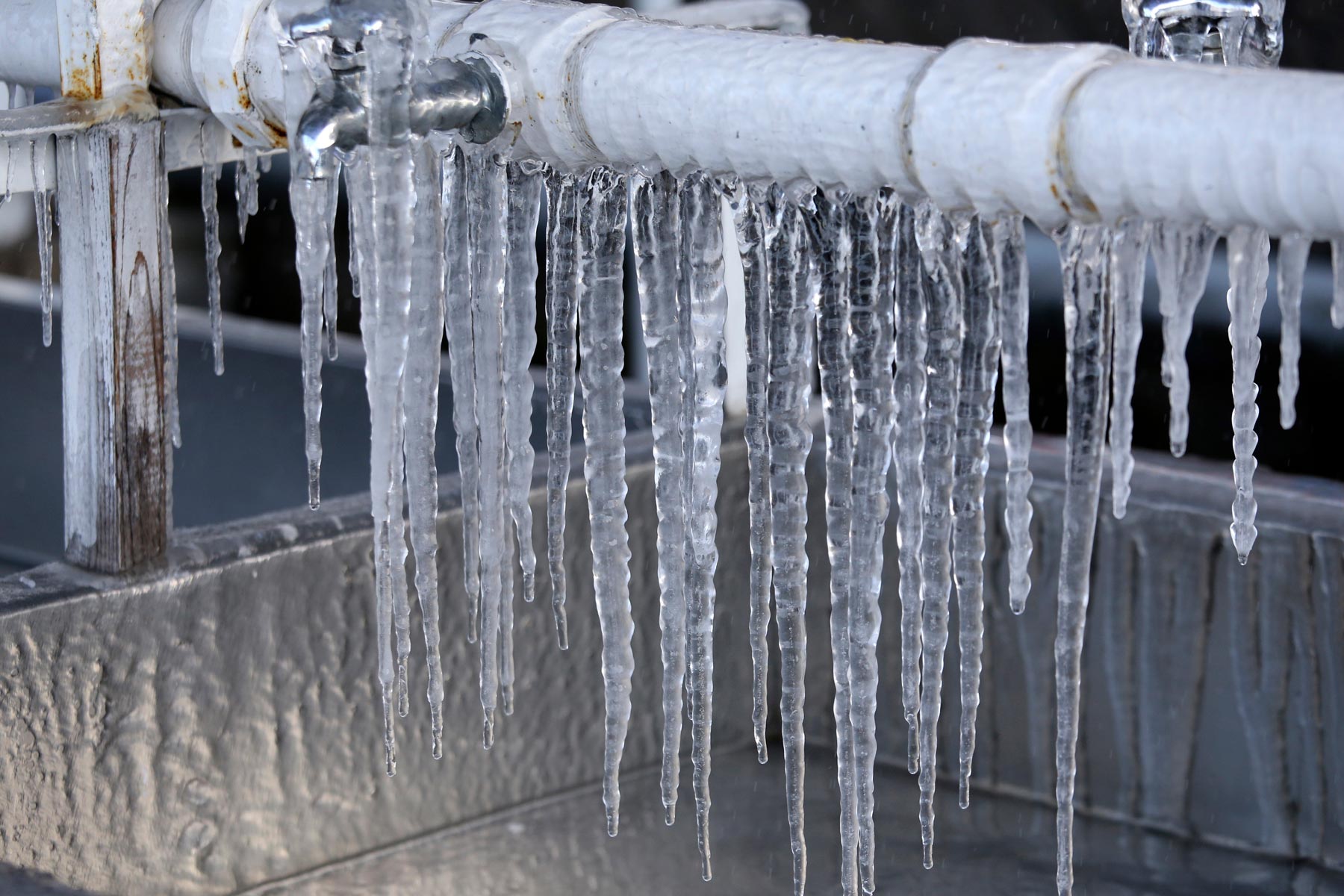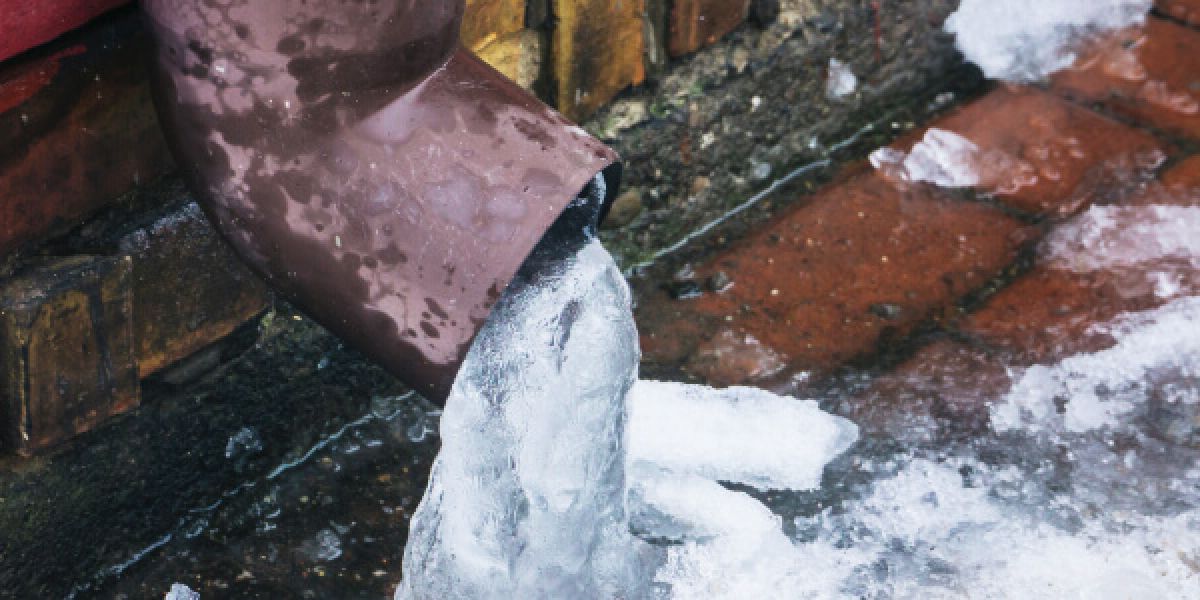Avoiding Frozen Plumbing in Winter: Professional Advice
Avoiding Frozen Plumbing in Winter: Professional Advice
Blog Article
The article listed below involving 6 Ways to Prevent Frozen Pipes is relatively interesting. You should check this stuff out.

Cold weather can ruin your pipes, especially by freezing pipelines. Right here's how to prevent it from happening and what to do if it does.
Introduction
As temperatures decline, the threat of frozen pipes increases, potentially resulting in pricey repair services and water damages. Comprehending exactly how to avoid frozen pipelines is crucial for property owners in cool climates.
Understanding Icy Pipelines
What causes pipes to freeze?
Pipes freeze when revealed to temperature levels below 32 ° F (0 ° C) for extended periods. As water inside the pipelines ices up, it broadens, taxing the pipe wall surfaces and potentially triggering them to break.
Threats and problems
Frozen pipelines can result in supply of water disruptions, residential or commercial property damages, and pricey repair services. Burst pipes can flooding homes and create considerable structural damages.
Indicators of Frozen Pipes
Recognizing icy pipelines early can stop them from bursting.
How to determine icy pipelines
Look for lowered water flow from taps, uncommon smells or noises from pipes, and noticeable frost on revealed pipes.
Prevention Tips
Insulating vulnerable pipelines
Cover pipelines in insulation sleeves or use warmth tape to protect them from freezing temperatures. Focus on pipes in unheated or exterior locations of the home.
Home heating techniques
Maintain indoor spaces sufficiently heated, specifically locations with plumbing. Open up cupboard doors to allow cozy air to distribute around pipelines under sinks.
Safeguarding Outside Pipes
Yard pipes and outdoor taps
Detach and drain yard hose pipes prior to winter season. Mount frost-proof spigots or cover outside faucets with shielded caps.
What to Do If Your Pipelines Freeze
Immediate actions to take
If you presume icy pipelines, maintain taps open to ease stress as the ice melts. Use a hairdryer or towels soaked in warm water to thaw pipes gradually.
Long-Term Solutions
Structural changes
Think about rerouting pipelines away from exterior wall surfaces or unheated locations. Include extra insulation to attic rooms, basements, and crawl spaces.
Updating insulation
Buy high-grade insulation for pipelines, attic rooms, and walls. Appropriate insulation aids keep regular temperatures and decreases the danger of icy pipes.
Conclusion
Preventing frozen pipelines calls for proactive steps and fast responses. By understanding the reasons, indicators, and preventive measures, home owners can shield their pipes during cold weather.
5 Ways to Prevent Frozen Pipes
Drain Outdoor Faucets and Disconnect Hoses
First, close the shut-off valve that controls the flow of water in the pipe to your outdoor faucet. Then, head outside to disconnect and drain your hose and open the outdoor faucet to allow the water to completely drain out of the line. Turn off the faucet when done. Finally, head back to the shut-off valve and drain the remaining water inside the pipe into a bucket or container. Additionally, if you have a home irrigation system, you should consider hiring an expert to clear the system of water each year.
Insulate Pipes
One of the best and most cost-effective methods for preventing frozen water pipes is to wrap your pipes with insulation. This is especially important for areas in your home that aren’t exposed to heat, such as an attic. We suggest using foam sleeves, which can typically be found at your local hardware store.
Keep Heat Running at 65
Your pipes are located inside your walls, and the temperature there is much colder than the rest of the house. To prevent your pipes from freezing, The Insurance Information Institute suggests that you keep your home heated to at least 65 degrees, even when traveling. You may want to invest in smart devices that can keep an eye on the temperature in your home while you’re away.
Leave Water Dripping
Moving water — even a small trickle — can prevent ice from forming inside your pipes. When freezing temps are imminent, start a drip of water from all faucets that serve exposed pipes. Leaving a few faucets running will also help relieve pressure inside the pipes and help prevent a rupture if the water inside freezes.
Open Cupboard Doors
Warm your kitchen and bathroom pipes by opening cupboards and vanities. You should also leave your interior doors ajar to help warm air circulate evenly throughout your home.

I'm certainly very curious about Helpful Tips to Prevent Frozen Pipes this Winter and I'm hoping you appreciated my post. Are you aware of another person who is interested in the niche? Feel free to promote it. We enjoy reading our article about Winter Plumbing Precautions: Preventing Frozen Pipes.
Get A Free Estimate Report this page